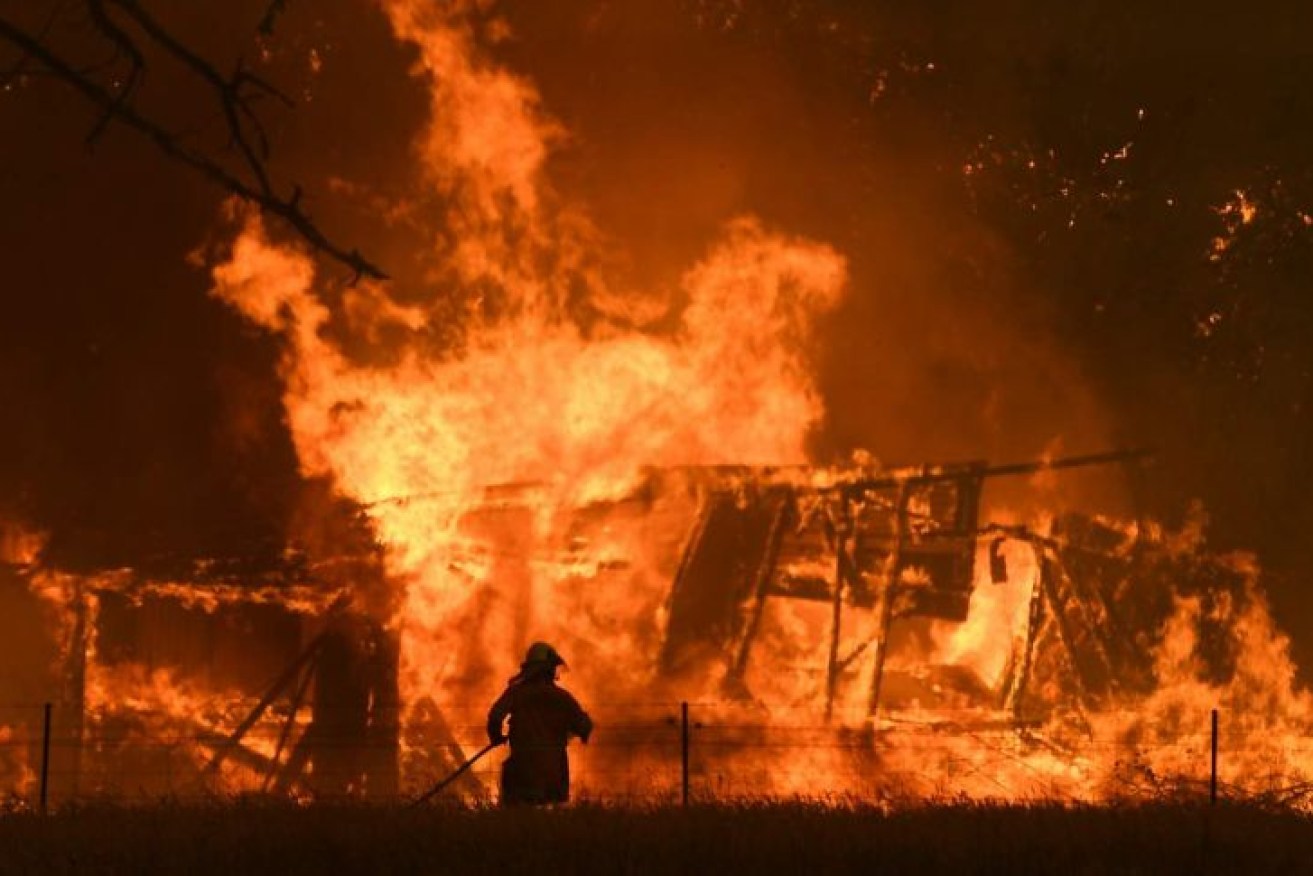Australia’s natural disaster preparedness has gaping holes, royal commission told

Bushfire survivors say the royal commission’s into last summer's fires will be ‘useless’ without urgent climate change action. Photo: AAP
Australia has gaping holes in its readiness for natural disasters and is “past a tipping point”, a royal commission has been told.
Former director-general of emergency management, Mark Crosweller, offered a scathing assessment of the nation’s readiness for bushfires and floods.
Mr Crosweller, who until last year was also head of the National Resilience Taskforce, told the Royal Commission into National Natural Disaster Arrangements: “We have to get a handle on what’s vulnerable.”
“If you try to get a national bushfire risk map, it doesn’t exist at the moment. I know there’s efforts underway to do that,” he said.
Mr Crosweller told the inquiry he had concerns about mapping for floods as well.
“If we wanted to get a comprehensive understanding of the flood plains of Australia, well, there’s some data on that of course, but is it contemporary? Probably not.”
Now working in private enterprise, Mr Crosweller said flooding in some areas was so prevalent, in one part of Wagga Wagga there were “one-in-eight-year floods”.
He told the commission “we’re past a tipping point”, with natural disasters far more common.
Mr Crosweller took aim at the nation’s resilience and recovery capability, saying: “We are still a long way behind”.
“We need to anticipate loss,” he said.
“We are going to lose things in these events. No one want to think about these things, but it is still a reality.”
Bruce Buckley, climate research analyst at Insurance Australia Group, told the royal commission the bill from a series of national disasters from September 2019 to July 2020 had reached $3.8 billion.
He described the summer bushfires as the “the second-most costly disaster in Australia since 1980”.
Dr Buckley said there had been a string of “connected extremes” including a series of damaging hailstorms and destructive east coast lows causing severe flooding and coastal erosion.
Dr Buckley told the hearing there had been a marked increase in large and giant hailstorms in some areas over the past 20 years, including Sydney’s Terrey Hills, north of Newcastle and near Wollongong.
He said those trends were not identifiable in Perth, Melbourne and Adelaide.
The hearing continues.
–ABC








